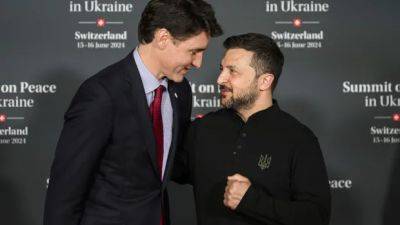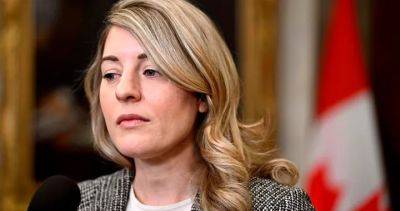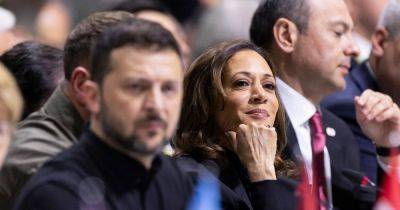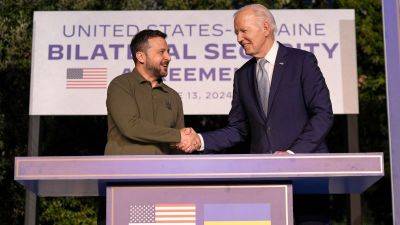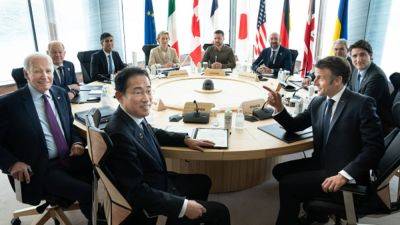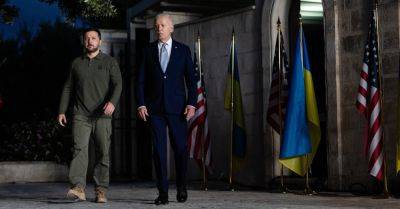Can seized Russian assets help pay for Ukraine aid?
Western leaders have agreed to the concept of using the interest from frozen Russian financial assets to help support Ukraine fight Russia and rebuild after the lengthy war.
But they’re still working out the details of exactly how and when to distribute the roughly $3 billion in annual interest. Those negotiations are at the top of the agenda for the G7 leaders’ summit in Puglia, Italy.
What are the frozen Russian assets and how much are they worth?
When Russia invaded Ukraine in 2022, Western governments froze about $300 billion in Russian assets — including money, securities, gold and bonds — held mainly in banks in Europe.
Leaders of the G7 economies have agreed to use the interest generated by the assets — about $3 billion per year — to help Ukraine buy weapons for its fight against Russia and rebuild after the war.
What are the sticking points?
The United States and European countries have different proposals for distributing the money.
Scheherazade Rehman, a professor of international finance at George Washington University, explained it in simple terms.
“The Europeans would like to transfer them to Ukraine yearly or every two years, so spread it out. The Americans, however, want to find a way to get this money very quickly to Ukraine all at once,” Rehman said.
The European proposal would see about $3 billion a year go to Ukraine, and only interest from a certain part of the frozen Russian assets — $190 billion held by a company called Euroclear in Belgium — would be shared.
The U.S., on the other hand, wants to give $60 billion to Ukraine up front, because Ukraine’s need on the battlefield is dire. Officials have said the interest generated from the frozen Russian assets would go toward paying back that money.
Reh


